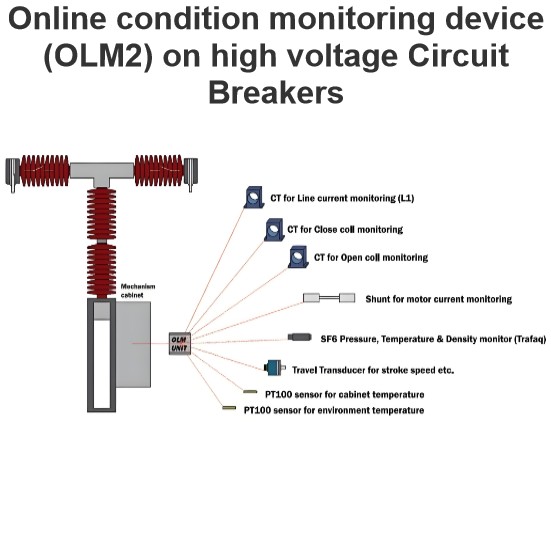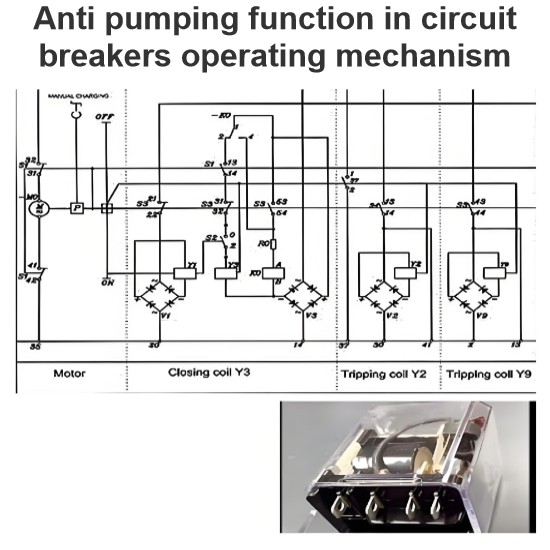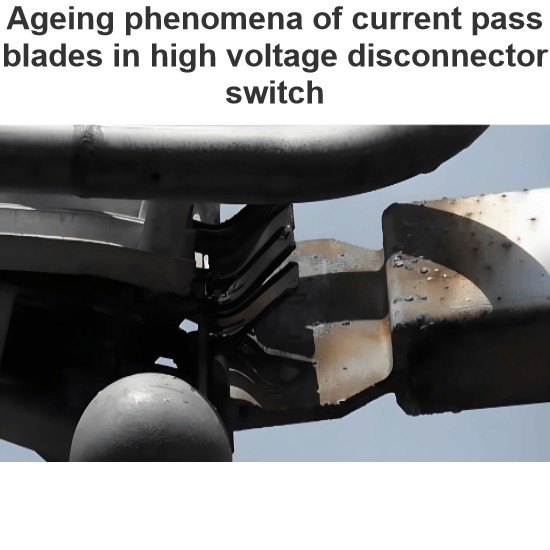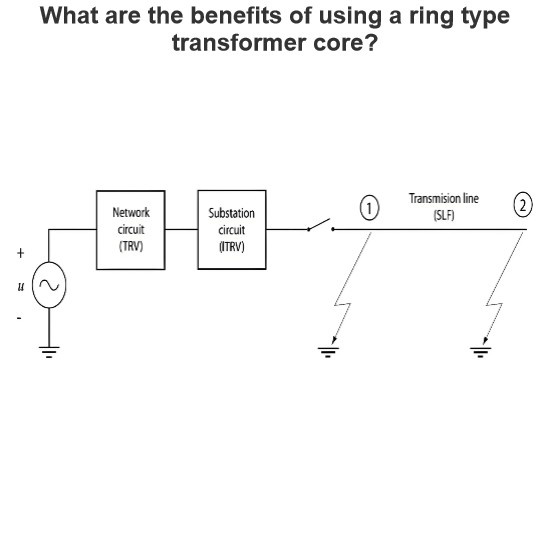Typical difference between SF6 and vacuum switchgear in high voltage
Comparison of Vacuum and SF6 Interrupters in High-Voltage Switchgear
When it comes to interrupting fault currents, especially those associated with a very steep rate of rise of transient recovery voltage (TRV), vacuum interrupters have a significant advantage over SF6 (sulfur hexafluoride) interrupters due to their superior dielectric recovery characteristics. Here’s a detailed comparison, including key differences in breakdown statistics, late breakdown behavior, and performance in specific applications like inductive load switching and capacitor bank switching.
1. Dielectric Recovery and Transient Recovery Voltage (TRV)
-
Vacuum Interrupters:
- Fast Dielectric Recovery: Vacuum interrupters are known for their extremely fast dielectric recovery, which is crucial when dealing with high TRV rates. After current interruption, the vacuum gap quickly restores its insulating properties, making it highly effective in handling steep TRV conditions.
- Superior Performance in Steep TRV: This fast recovery time allows vacuum interrupters to handle transient recovery voltages with a very steep rate of rise more effectively than SF6 interrupters. The rapid restoration of insulation minimizes the risk of re-ignition during the TRV phase.
-
SF6 Interrupters:
- Slower Dielectric Recovery: SF6 interrupters, while still effective, have a slower dielectric recovery compared to vacuum interrupters. This means that during a steep TRV event, there is a higher risk of re-ignition or breakdown before the insulation fully recovers.
- Less Suitable for Steep TRV: In applications where the TRV has a very steep rate of rise, SF6 interrupters may not perform as well as vacuum interrupters, potentially leading to higher stress on the interrupter and increased risk of failure.
2. Breakdown Statistics
-
Vacuum Interrupters:
- High Breakdown Voltage: In principle, vacuum gaps have a very high breakdown voltage, which makes them highly reliable in most operating conditions.
- Small Probability of Breakdown at Moderate Voltage: Despite the high breakdown voltage, there is still a very small probability of breakdown occurring at relatively moderate voltages. However, this probability is extremely low and is generally not a concern in practical applications.
-
SF6 Interrupters:
- Lower Breakdown Voltage: SF6 gaps typically have a lower breakdown voltage compared to vacuum gaps, which means they are more susceptible to breakdown under certain conditions.
- More Consistent Performance: While SF6 interrupters may have a lower breakdown voltage, they tend to have more predictable and consistent performance across a wide range of operating conditions.
3. Late Breakdown Behavior
-
Vacuum Interrupters:
- Spontaneous Late Breakdown: One unique characteristic of vacuum interrupters is that they can experience spontaneous late breakdown, which can occur up to several hundred milliseconds after current interruption. This phenomenon is rare but can happen due to residual ionization or other factors.
- Limited Consequences: The consequences of such late breakdown events are minimal because the vacuum gap immediately restores its insulation after the breakdown. This self-healing property ensures that the interrupter remains functional and safe.
-
SF6 Interrupters:
- No Late Breakdown: SF6 interrupters do not exhibit late breakdown behavior, as the SF6 gas quickly de-ionizes after current interruption, restoring the gap's insulating properties.
4. Performance in Inductive Load Switching
-
Vacuum Interrupters:
- Higher Re-ignition Rate: In inductive load switching, particularly when switching shunt reactors, vacuum interrupters tend to experience a significantly higher number of repeated re-ignitions at one power frequency current zero. This is due to the fast dielectric recovery, which can lead to re-ignition if the TRV exceeds the interrupter's capability.
- Mitigation Strategies: To mitigate this issue, special measures such as pre-insertion resistors or snubber circuits can be used to limit the TRV and reduce the likelihood of re-ignition.
-
SF6 Interrupters:
- Lower Re-ignition Rate: SF6 interrupters generally have a lower re-ignition rate in inductive load switching applications. This is because the slower dielectric recovery of SF6 allows for a more gradual build-up of insulation, reducing the chances of re-ignition.
5. Capacitor Bank Switching
-
Vacuum Interrupters:
- Pre-strike Arc Concerns: When switching capacitor banks, vacuum interrupters must avoid very high inrush currents. The pre-strike arc, which can occur before the contacts fully close, can deteriorate the dielectric properties of the contact system, leading to potential failures.
- Mitigation Measures: To prevent this, vacuum switchgear for capacitor bank switching often includes features like pre-insertion resistors or controlled closing mechanisms to limit the inrush current and protect the interrupter.
-
SF6 Interrupters:
- Better Handling of Inrush Currents: SF6 interrupters are generally better suited for capacitor bank switching because they can handle higher inrush currents without significant dielectric deterioration. This makes them a preferred choice for applications where high inrush currents are expected.
6. Contact System Design
The contact systems of vacuum and SF6 circuit breakers differ in design to accommodate their respective operating principles:
- SF6 Circuit Breaker (Left):
- The contact system in an SF6 circuit breaker is designed to work with the gas medium, which provides excellent arc-quenching properties. The contacts are typically larger and more robust to handle the higher currents and energy dissipation associated with SF6.
- Vacuum Circuit Breaker (Right):
- The contact system in a vacuum circuit breaker is simpler and more compact, as the vacuum environment provides excellent insulation and arc-quenching capabilities. The contacts are usually made from materials like copper-tungsten alloys, which have high melting points and good conductivity.
Conclusion
In summary, vacuum interrupters excel in applications with very steep transient recovery voltages due to their fast dielectric recovery, making them superior in handling high TRV rates. However, they may experience more re-ignitions in inductive load switching and require careful management when switching capacitor banks to avoid pre-strike arcs. SF6 interrupters, on the other hand, offer more consistent performance in terms of breakdown statistics and are better suited for handling high inrush currents, making them a preferred choice for capacitor bank switching. The choice between vacuum and SF6 interrupters depends on the specific application and the type of load being switched.
Hello,I'm Wdwiin. A decade of hands-on experience in electrical engineering, specializing in high-voltage systems, smart grids, and renewable energy technologies. Passionate about technical exchange and knowledge sharing, committed to interpreting industry trends with professional insights to empower peers. Connection creates value—let’s explore the boundless possibilities of the electrical world together!














